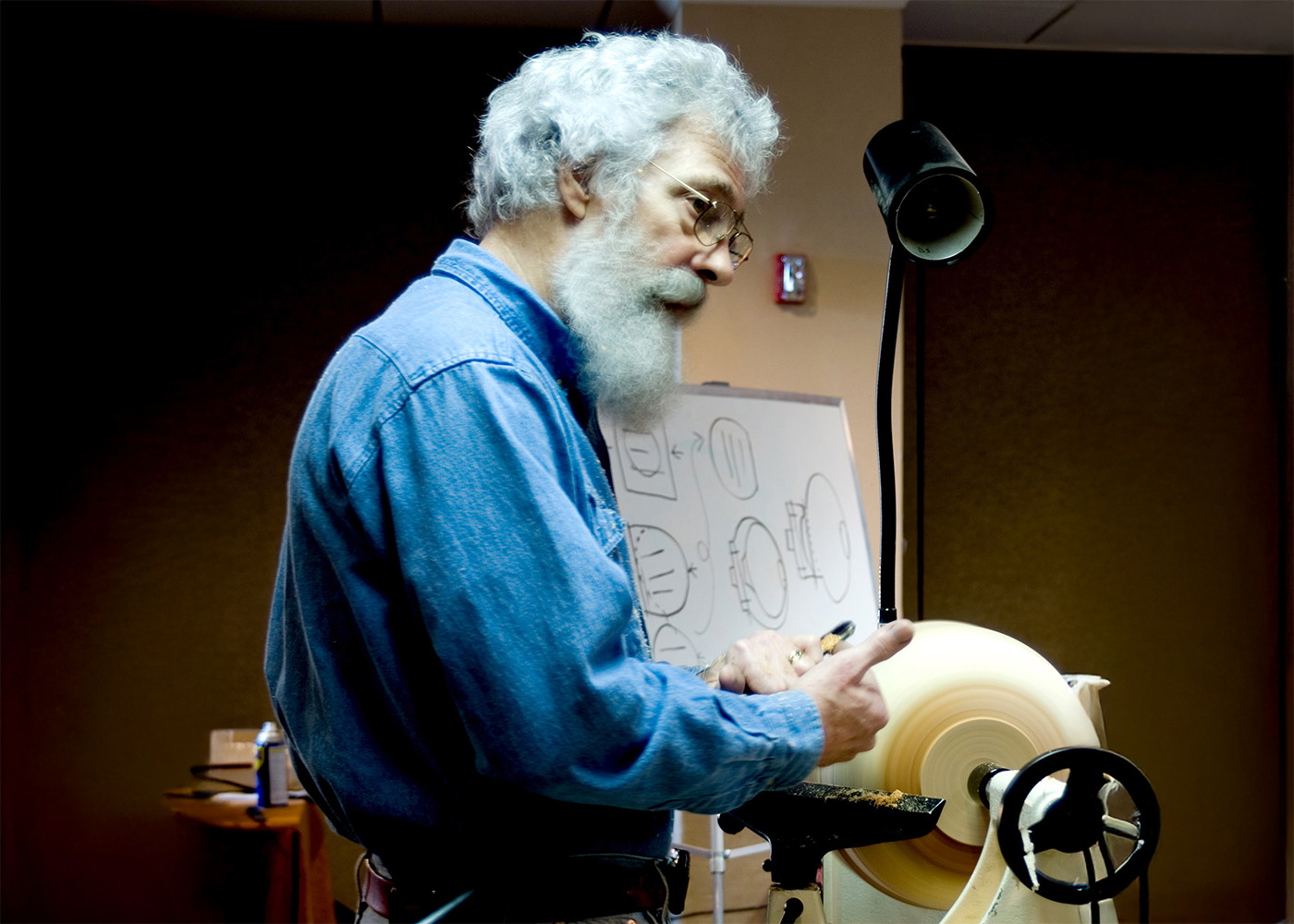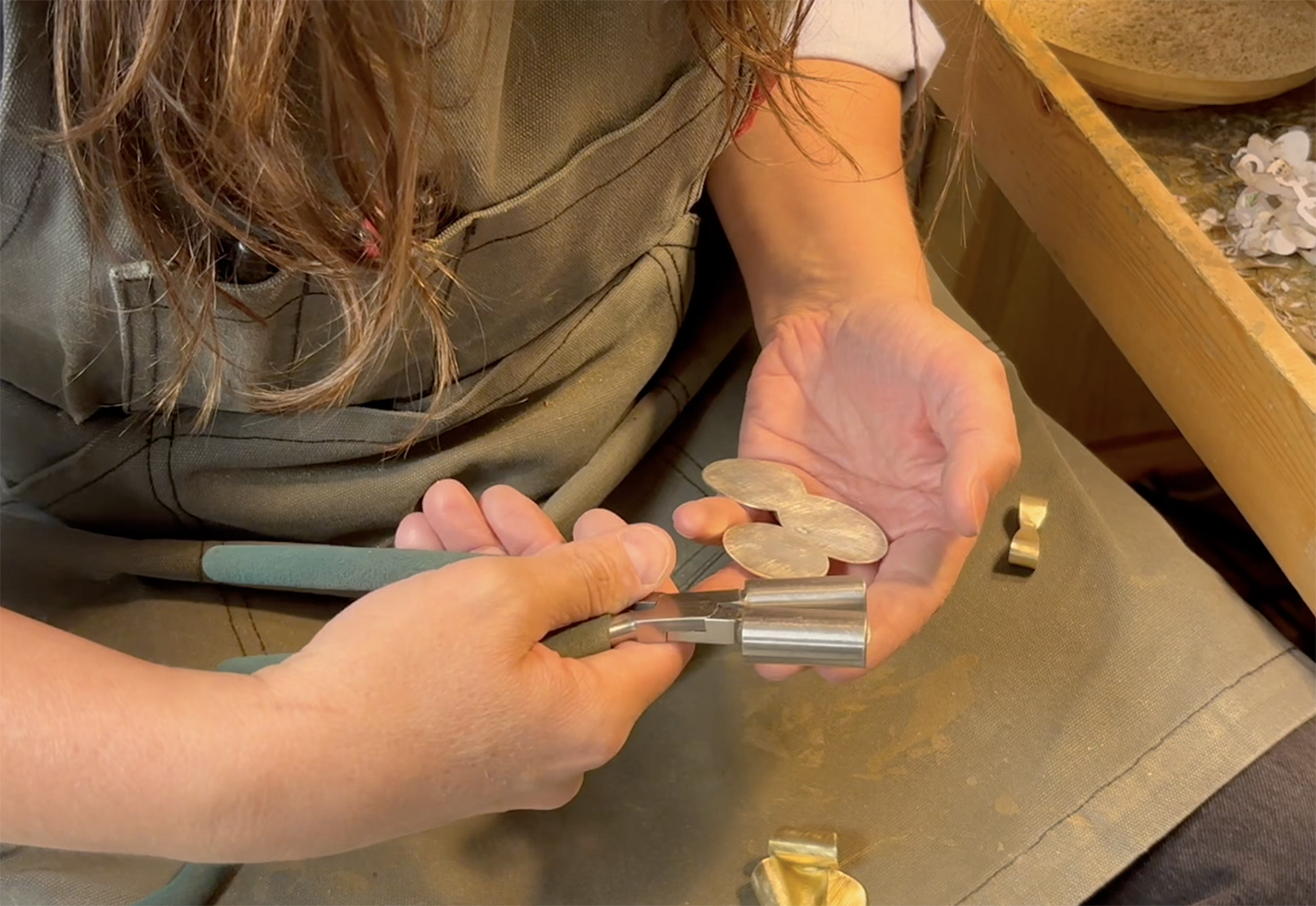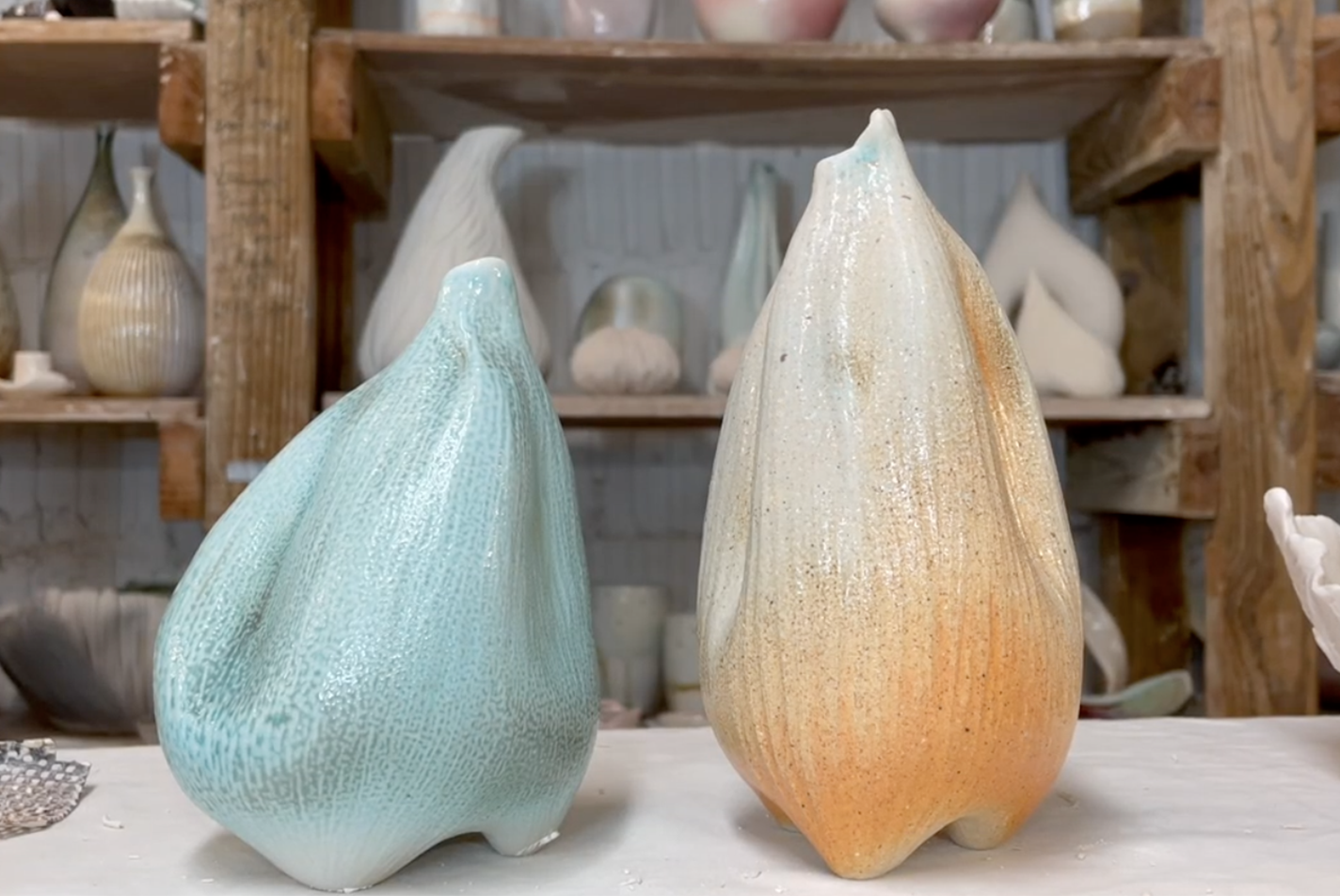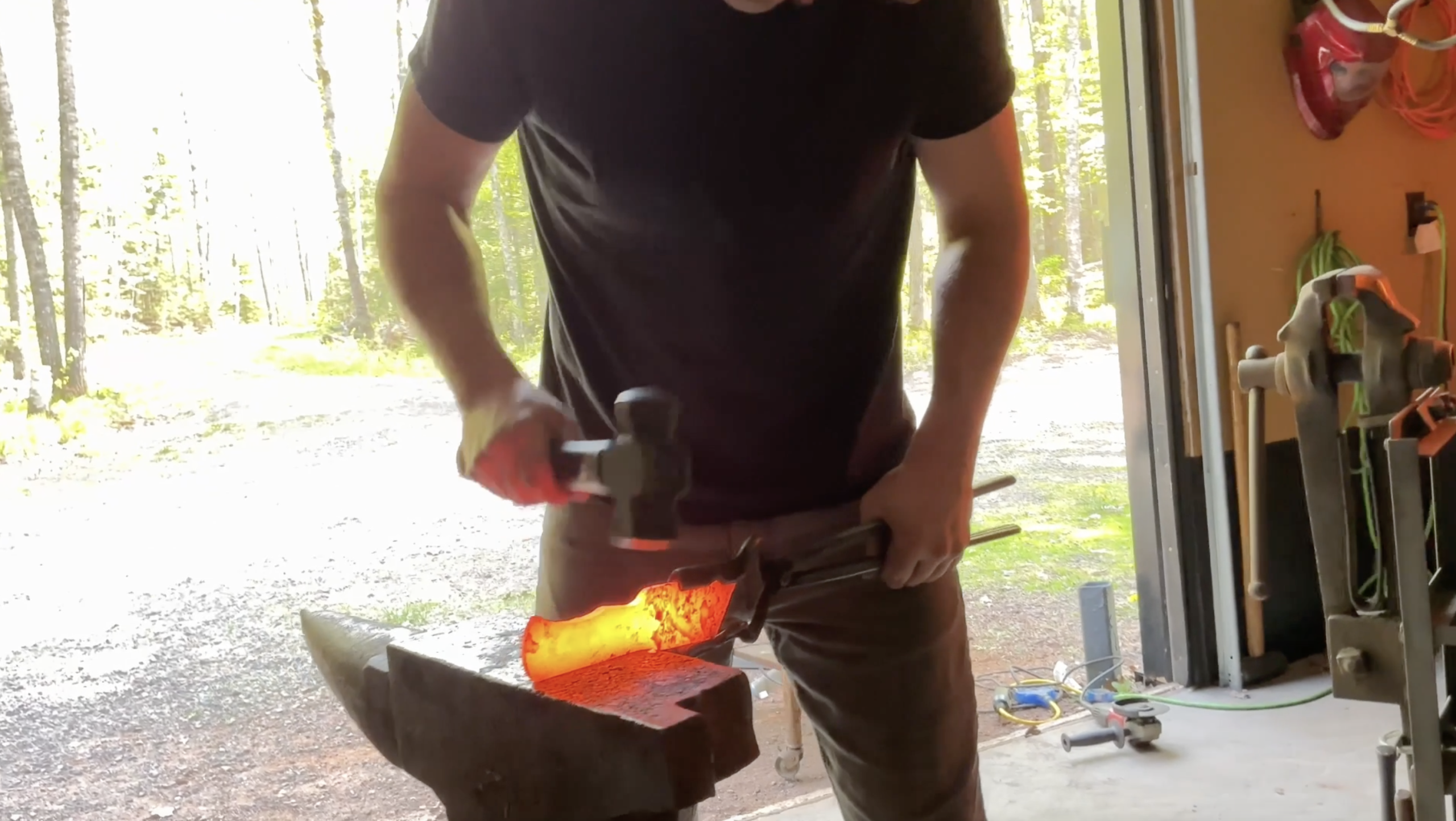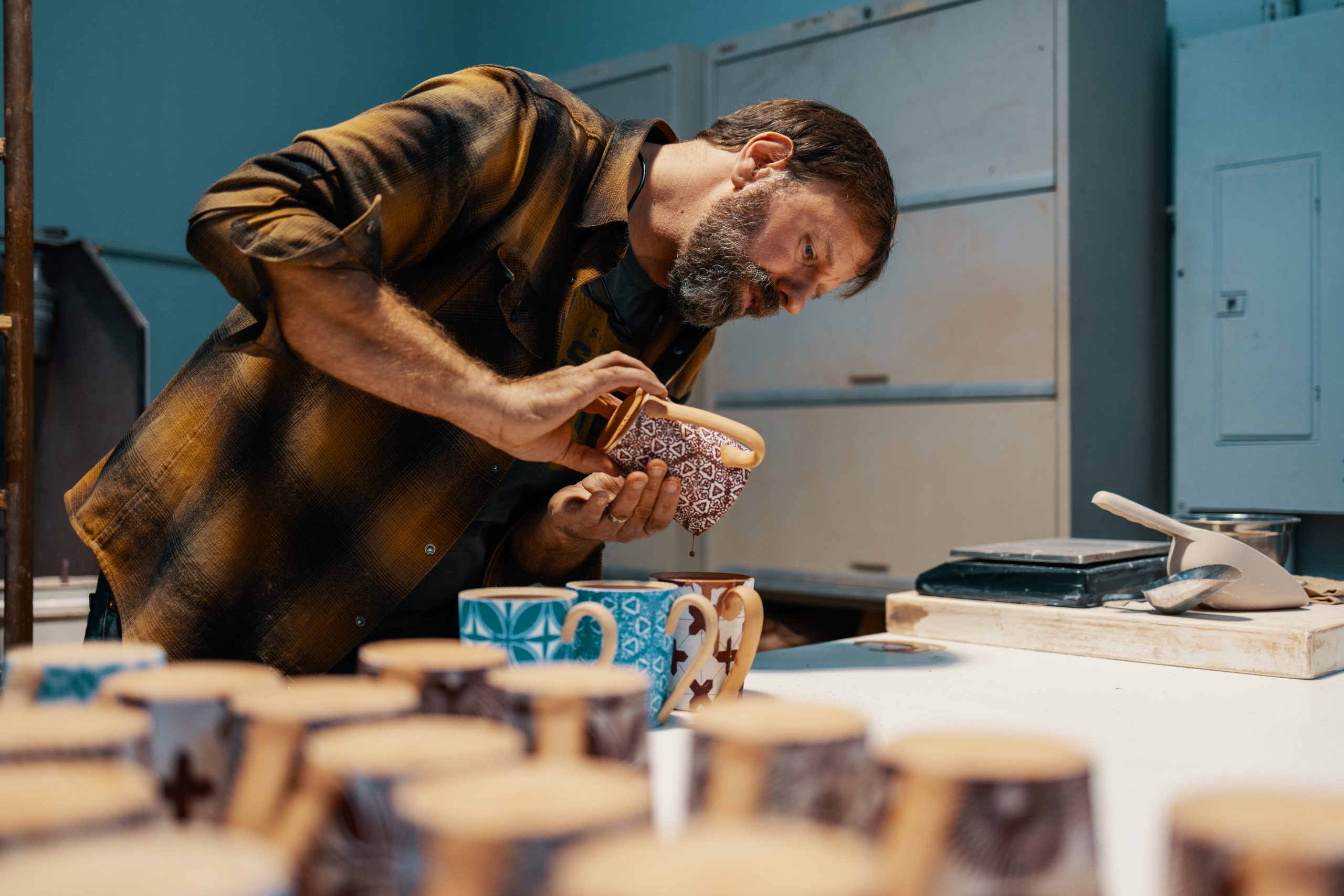Crafted stories.
Every object has a maker, and every maker has a story. Discover the narratives of emerging and established artists, the evolution of their creations, and how the everyday is made more extraordinary through the fine art of craft.
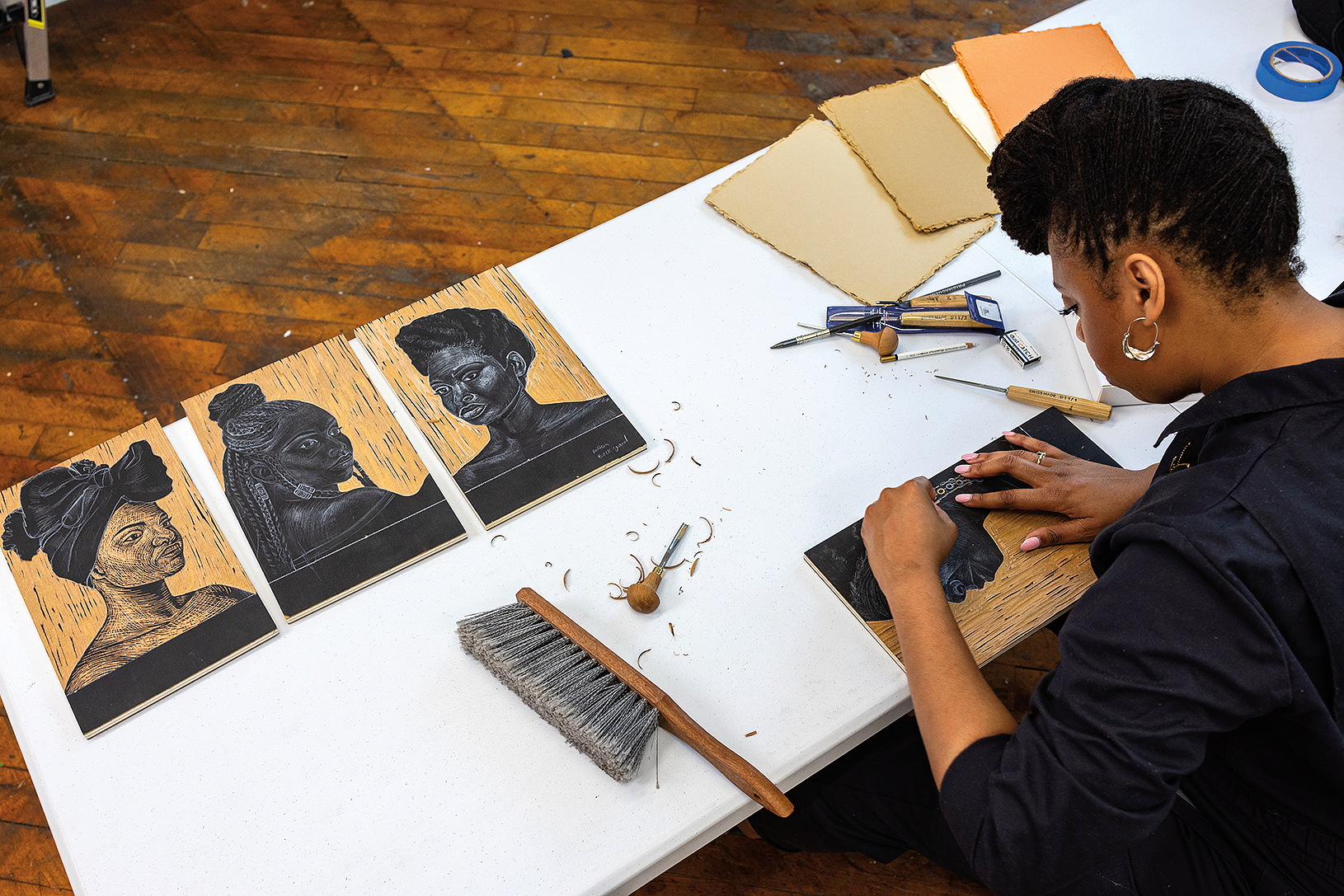
You are now entering a filterable feed of Articles.
249 articles
-
![]() MakersFree To Read
MakersFree To ReadIn My Studio with Nicholas Devlin
VIDEO: Brooklyn-based sculptor Nicholas Devlin shares the techniques, materials, and inspiration behind his fantastical structures.
Digital Only
In My Studio -
![]() ACC NewsFree To Read
ACC NewsFree To ReadRemembering David Ellsworth
We are sad to share that ACC Fellow David Ellsworth died on June 16, 2025. He was co-founder of the American Association of Woodturners and was known worldwide for his thin-walled hollow vessel forms.
Digital Only
-
![]() ACC NewsFree To Read
ACC NewsFree To ReadGiving Week 2025
This year our goal is $100,000. All first-time donors during Giving Week will be entered into a drawing to take home a Suzye Ogawa original. Read on to learn more.
Digital Only
-
![]() MakersFree To Read
MakersFree To ReadIn My Studio with Ashley Buchanan
VIDEO: Visit the studio of Ashley Buchanan, a jewelry artist whose work combines historical references with a contemporary aesthetic.
Digital Only
In My Studio -
![]() MakersFree To Read
MakersFree To ReadIn My Studio with Molly Dudley
VIDEO: Get to know Molly Dudley, the maker behind MODU, a textile studio in Atlanta.
Digital Only
In My Studio -
![]() MakersFree To Read
MakersFree To ReadThe Queue: Bill and Shannen Oyster
Bill and Shannen Oyster of Oyster Bamboo craft masterful bamboo fly-fishing rods—and pass along the skills to make them.
Digital Only
The Queue -
![Two textured porcelain vases by Kate Pak]() MakersFree To Read
MakersFree To ReadKate Pak’s Textured Porcelain Vases
VIDEO: Ceramist Kate Pak creates organic shapes and tactile surfaces through shaping and carving techniques.
Digital Only
-
![]() MakersFree To Read
MakersFree To ReadIn My Studio with Cody Myers
VIDEO: Join Wisconsin–based bladesmith and blacksmith Cody Myers in his shop as he crafts a Damascus steel blade.
Digital Only
In My Studio -
![]() Media HubFree To Read
Media HubFree To ReadKinForged
A new YouTube docuseries by John and Keely Shofner profiles makers from a variety of disciplines.
Digital Only
Video + Audio
Story categories.
-
Craft Happenings
Browse a timely, curated, and frequently updated list of must-see exhibitions, shows, and other events.
-
Points of View
Essays, craft histories, ideas, analysis, and other perspectives on the significance of craft.
-
Makers
Profiles, interviews, studio tours, and videos on people who are making the world more beautiful.
-
Materials & Processes
Learn about materials and how craftspeople transform them into functional and sculptural works.
-
Handcrafted Living
Discover practical and pleasing handmade goods and stories about living with meaningful objects.
-
Travel
Explore the world of craft by visiting the places and communities where it is created and celebrated.
-
Media Hub
Discover new books, niche periodicals, videos, and podcasts—plus highlights from ACC’s archives.
-
ACC News
Explore the impact of the American Craft Council and the ACC community through stories and updates on our programs, events, artists, and more.
Explore American Craft magazine.
Award-winning journalism in the craft field.
Learn more about one of the country’s leading publications on the diversity of American craft and its makers.
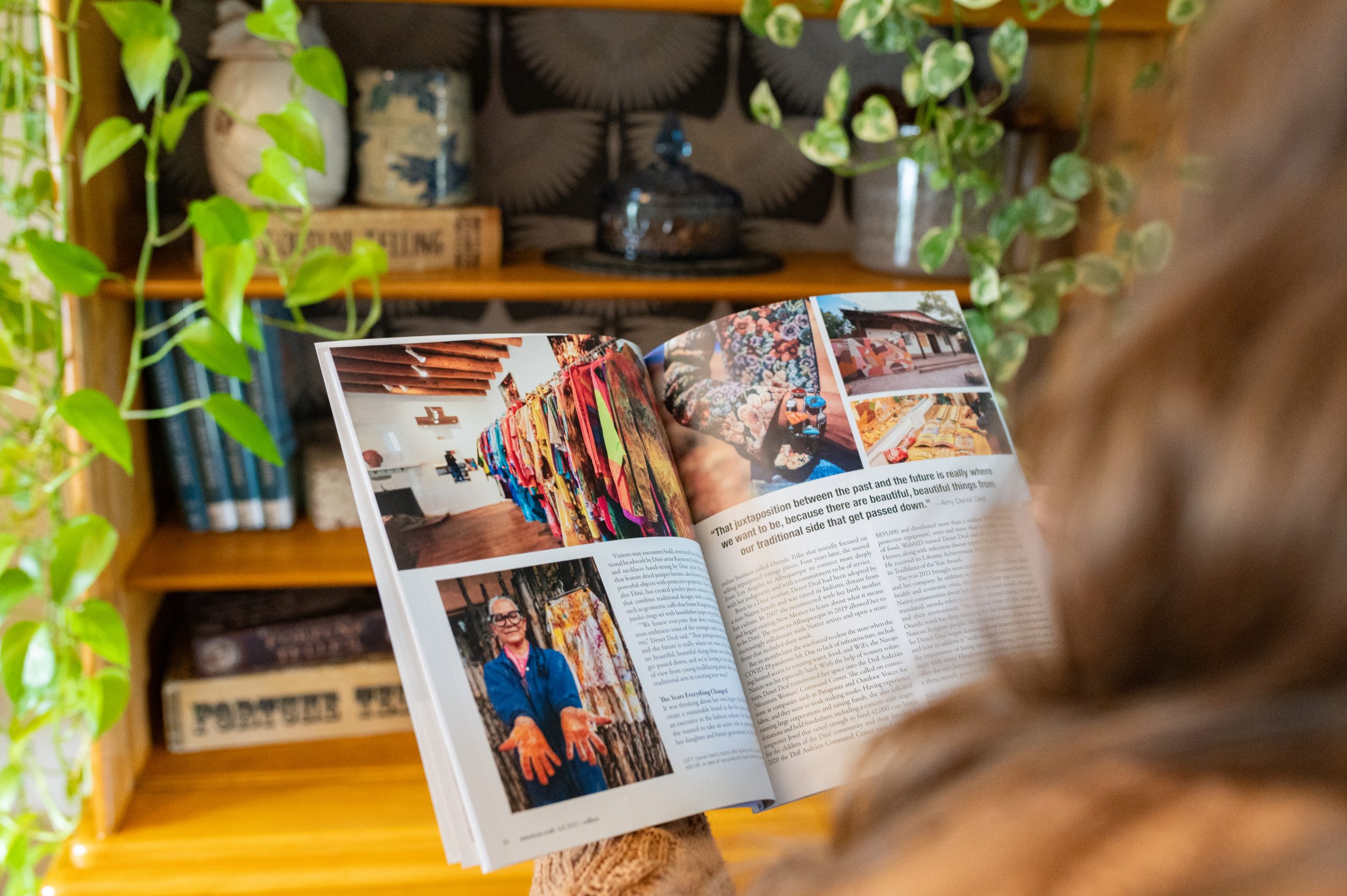
Become a member
Join today and start your craft journey!
Support makers, celebrate the handcrafted, and get American Craft delivered to your home with a membership to the American Craft Council.

